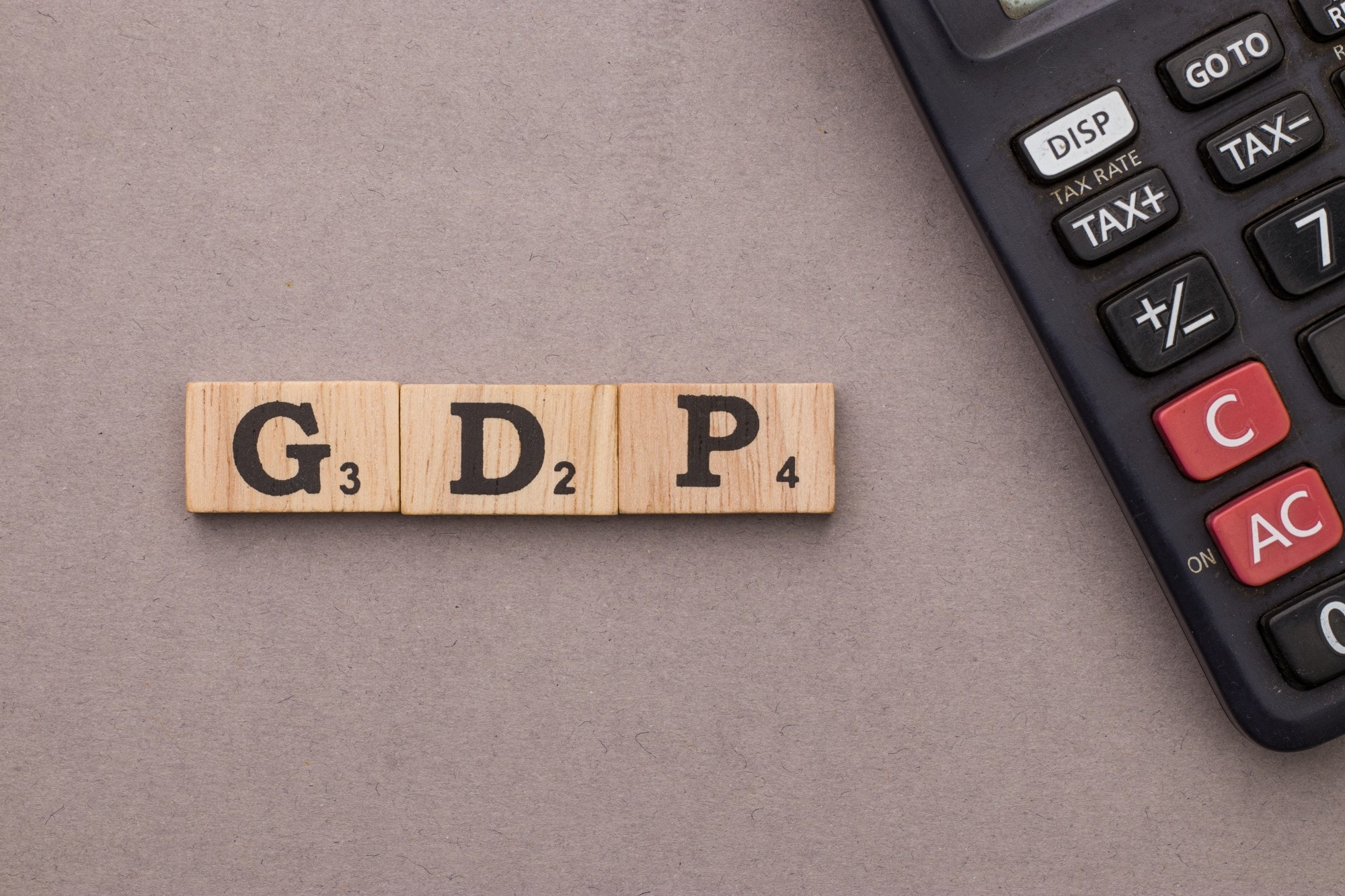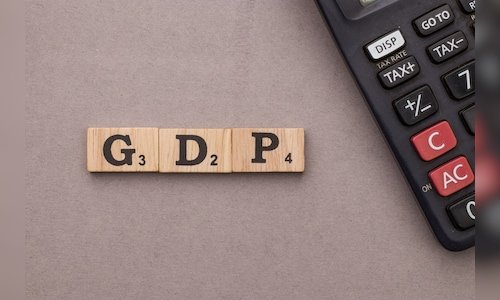
Pant noted that inflation and its impact on consumption, particularly urban demand, remain key concerns. “Until inflation comes down and stays around 4-4.5%, overall demand in the economy will remain under pressure,” he said.
While a normal monsoon is assumed, uncertainties around weather, rabi output, and global developments, such as tariff changes and commodity prices, could pose risks to the forecast.
Also Read | Will there be a global recession in 2025?
Aditi Nayar, Chief Economist at ICRA, provided a slightly lower GDP projection of 6.5% for the next fiscal year, citing global uncertainties and risks.
However, she highlighted some positives, including healthy reservoir levels that could support rural sentiment and agricultural activity.
She also pointed to the likelihood of a fiscal deficit target of 4.5%, which could provide room for government spending growth in 2025-26.
The Reserve Bank of India has revised its GDP forecast for the January-March quarter to 6.5% from 7.2% and the full year growth is now expected at 6.4% versus 6.6% earlier.
On the Reserve Bank of India’s policy, Nayar suggested that the Monetary Policy Committee might consider a rate cut as early as February, depending on December CPI inflation data.
“We think it’s going to be a very shallow cycle, with a 50 basis points cut spread over two policies,” she said.
These are the verbatim excerpts of the interview.
Q: You are expecting the Indian economy to grow at just 6.6% in 2025-26. Would there not be some cheer from the fact that we have a good harvest, and there is going to be some at least liquidity loosening by the Reserve Bank. Won’t all this mean better times for 2025-26?
Pant: Liquidity impacts people at the top end of the of the spectrum. Earlier we were concerned with the rural demand. Now we are concerned with the urban demand. Until and unless inflation comes down and stays at around 4-4.5%, more than the liquidity, the overall inflation decline will have a larger impact on the consumption, and overall demand in the economy.
We don’t know how the monsoon is going to pan out in 2025. As of now, everybody assumes a normal rainfall, and it’s only around June that we will have more idea about it. We don’t know how the weather pattern is going to evolve during this February and March. If good rabi output doesn’t happen, then even 6.6% will be a problem.
Moreover, from January 20, 2025, the entire landscape is going to change. Will there be tariff increase or how the commodities are going to behave are so many unknowns. Based on that, we have looked at 6.6%, but any of these three-four things, which I mentioned materialises, then I am afraid there could be a downward revision.
What government can do is a big challenge. When we talk about government, we focus on the union government, but we have look at what each state government is doing. For the union government capex, a large part of is in defence, which does not create much demand in the economy. So we have to see how those things pan out in next year.
Read Here | Q2 economic slowdown a temporary blip, GDP will grow in coming quarters: Nirmala Sitharaman
Q: After reading the RBI December bulletin, did you get a feel that February cut is on the cards. What is the cutting cycle at all?
Nayar: One of the reasons why we are a little more hopeful of rural sentiment, remaining sustainably intact in the coming year is that the reservoir levels are actually quite good in most regions, and this is something that takes away a lot of the uncertainty related to particularly things like the onset of the monsoon rainfall and how that pans out in the first month or two.
As July is the main month for sowing, and when reservoir levels are quite healthy, at least we are less concerned about how exactly when the monsoon onset is, and how the first five to six weeks look. So that’s one positive.
Second, we are now becoming more apprehensive of a larger shortfall in capital spending this year from the government of India, as compared to that ₹11 trillion budget. That will probably give us more headroom to show a mid-double-digit growth in 2025-26 while remaining within the likely fiscal contours. We do think that the government will try and target a 4.5% fiscal deficit to GDP ratio.
However, this is certainly a year where we are very clear that we are looking at a lot of global uncertainty and risks and that is something that is going to add a very wide range around baselines for all economists.
Now coming to the RBI, my sense is that December CPI data point is going to be very important and going to dictate whether the MPC can move ahead with a February rate cut. In terms of the cycle itself, we think it’s going to be a very shallow cycle, A 50 basis points cut spread over two policies.
Q: India Ratings’ forecast is 6.6% GDP for the next year. RBI is at 6.7%, where are you?
Nayar: 6.5%.
For full interview, watch accompanying video
Read Here | Morgan Stanley projects India GDP growth at 6.5% for FY26; no rate cuts before April 2025


